Inflation is the devaluation of money. Hyperinflation is not a new term. It has happened in the past, and it was indeed an atrocious sight to behold in those economies.
Average inflation is happening to all currencies in the world. Since the currency we use has no “Real” or intrinsic value, all currencies are doomed to the same fate. Eventually, all currencies will be valued lower and lower.
The worldwide inflation rate has settled in at an average of about 3%. This means if looking at all currencies; if some product of service is 250 of some currency, in a year, it will be 257.5.
Inflation in the United States
In the US, the past inflation has been around the global average (A little lower, in fact). The monthly rate also settles at 2% until what we will discuss in this article. Mass inflation is extremely rare, and most experts believe it will happen in the US. It is still intriguing and essential to look at the possibilities.
What is it like to live in a mass inflation hell?
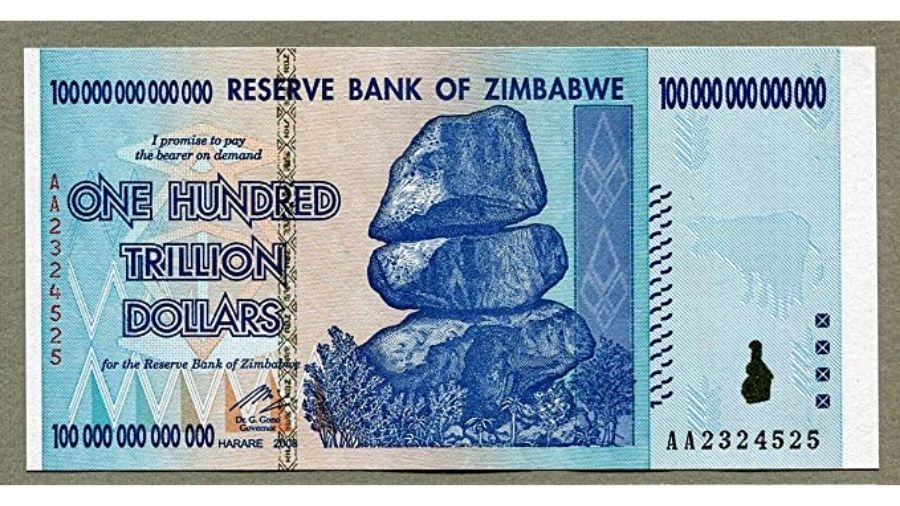
It isn’t very good. One of the most famous mass inflations in history happened in Zimbabwe. In its early years, after its independence, Zimbabwe experienced significant growth.
The newly introduced Zimbabwean dollar was initially more valuable than the United States dollar at the official exchange rates. The purchasing power of the Zimbabwean dollar was still less helpful than what the exchange rates would make you believe.
Inflation was relatively high in Zimbabwe, even in its earlier stages. In 1990, the inflation rate was 17%. Only one year after the inflation rate hit 48%.
This skyrocket in inflation rate should have concerned authorities since it was never heard of even back in the day. The government of Zimbabwe did nothing about this. In 2003 the inflation rate was 599%.
This is way beyond any possible inflation rate that we hear about today. In 2006 the inflation rate was 1281%. If you compare this to the worldwide average inflation rate right now, which is 2%, it seems ridiculous.
But, it got even more extreme in July of 2008; the inflation rate rocketed up to 2.315*10^9%. That is 2315000000%. At this point, the government stopped reporting financial numbers.
Do you want to be a Zimbabwean trillionaire, no, a hundred trillionaire? I am saying this because the response by the government of Zimbabwe was to print more prominent and more extensive denominations of banknotes.
They started with a million Zimbabwean dollars, then 100 billion, and finally 100 trillion Zimbabwean dollars banknote. This 100 trillion Zimbabwe dollar banknote was worth 40 US cents.
How did this all happen?
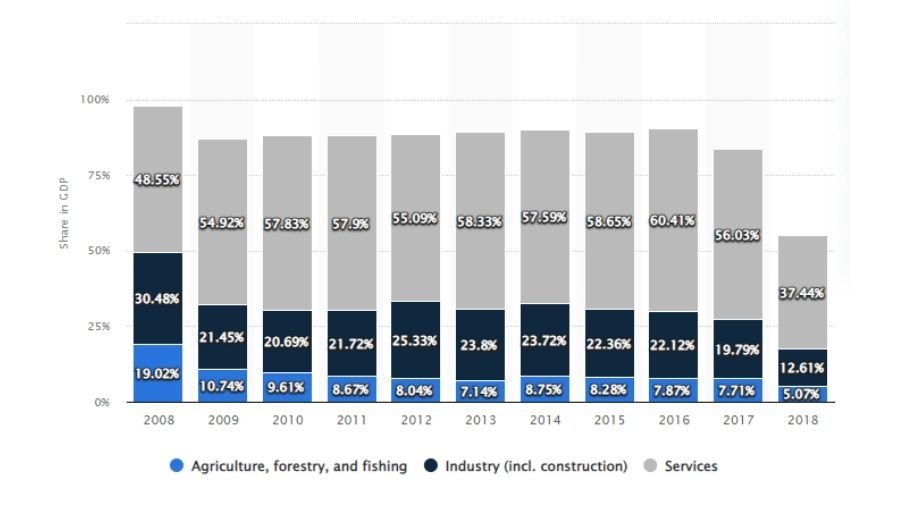
Such crazy hyperinflation cannot happen without any reason. In 1980 Zimbabwe gained its independence, and the national party won its first election.
The nationalist leader Robert Mugabe began doing what all good dictators do: consolidate power. He granted himself the power to dissolve parliament, declare martial law, and remove all term limits. His authoritarian rule lasted 37 years.
In a speech, he accidentally let slip that his opponent had won 73% of the vote in the last election; he later corrected himself. In 2000, Robert began forcibly seizing land from white farmers for redistribution to black farmers.
The land was redistributed to inexperienced farmers who didn’t know what they were doing or, in some cases, had no interest in farming. The more experienced farmers fled. This land reform policy helped his government buy more political support.
From 2000 to 2009, the total agriculture output of Zimbabwe was cut in half. In some local areas, farms were producing one-tenth of the regular amount. This led to prices of goods increasing fast, really fast.
Daily inflation in Zimbabwe reached 98%, and the economy collapsed. If shops were still open, they increased prices multiple times a day to counter inflation.
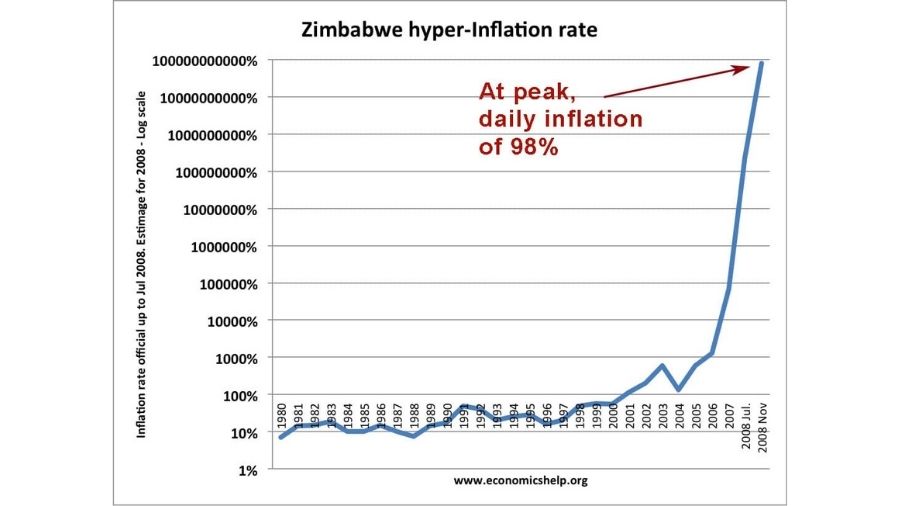
The outcome of this hyperinflation
This led to most people purchasing food from the black market, where a single loaf of bread cost 10 trillion Zimbabwean dollars. Basic economics says that there are two ways to counter inflation.
Firstly, the government must stop printing more money because increasing money in circulation decreases its value. The much more complicated part is convincing people that their currency has value and giving people the confidence to use their currency.
The people did not have confidence in the currency, and Robert’s government did not try. As mentioned above, they also continued to print more and more money. The response to this economic crisis was nothing by the government.
To fund Zimbabwe’s involvement in the Second Congo War, the reserve Bank kept printing new and higher denominations of banknotes. The bank spent 500 thousand US dollars a week to order new banknotes. By the time these banknotes arrived from Germany, they were already worthless.
The Zimbabwean government’s absolute inadequacy in hyperinflation resulted in no more physical bills to go around. Because most of Zimbabwe’s population was Bank less, people had to get physical money to do any exchange, but at this point, there was not enough money to go around.
Could this happen in the United States?
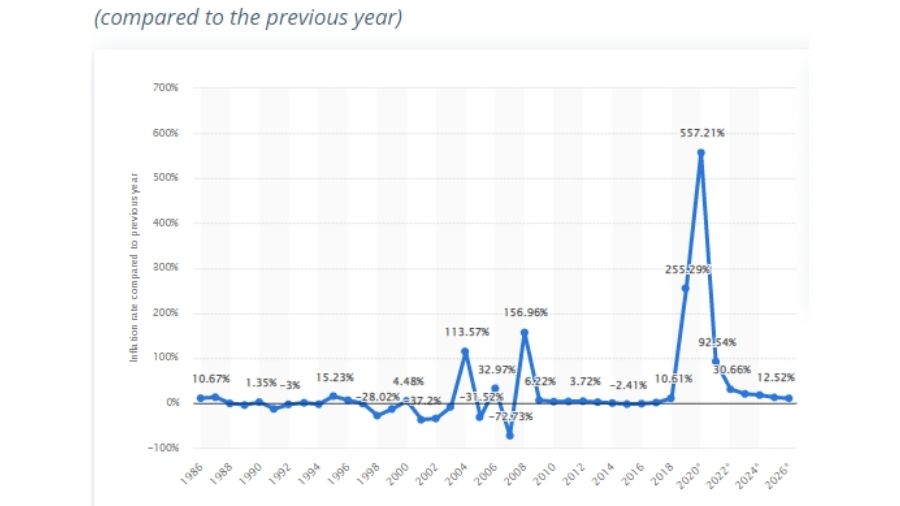
By now, Zimbabwe has recovered, but that’s not saying a lot because it still experienced 577% inflation in 2020. We can’t even begin to draw correlations from Zimbabwe’s economic crisis to even the most conspiratorial thinkers’ ideas of what will happen to the USA.
However, the US government is showing inadequacy when it comes to inflation.
Back when the pandemic first started and the entire country was thrown into lockdown, the US government feared an economic crisis. So what did they decide to do? They printed a ton of money. Experts from all around the world have criticized this decision.
Due to this, the US average inflation rate rose from 2% to 6.8%. The government still kept printing money. 40% of US dollars in existence were published in the last 12 months.
This was an increase of 1.7 to 3.8 billion notes. Due to the government showing this much inadequacy and still printing more money, people are starting to believe that there will be hyperinflation in the USA.
The inflation in the US has impacted a lot of sectors but specifically if you trade in the stock market and put your money into a safe ETF or index fund that gets you around 8% returns per year. By the current inflation rate, your returns will be cut down from 8% to 2%, and that is before taxes.
Due to safe investments being overshadowed by inflation, this has led to many investors making riskier moves when it comes to their assets to keep up with inflation.
Inflation decreases the value of money, so it makes sense that if you increase your money by 6% but then the value decreases by 6%, you would make no returns.
It is still safe to say that the American economy is the strongest globally; even if more inflation came, the economy would recover. But in the meantime, it would result in an awful living experience for everyone.
Mismanagement during Biden’s term
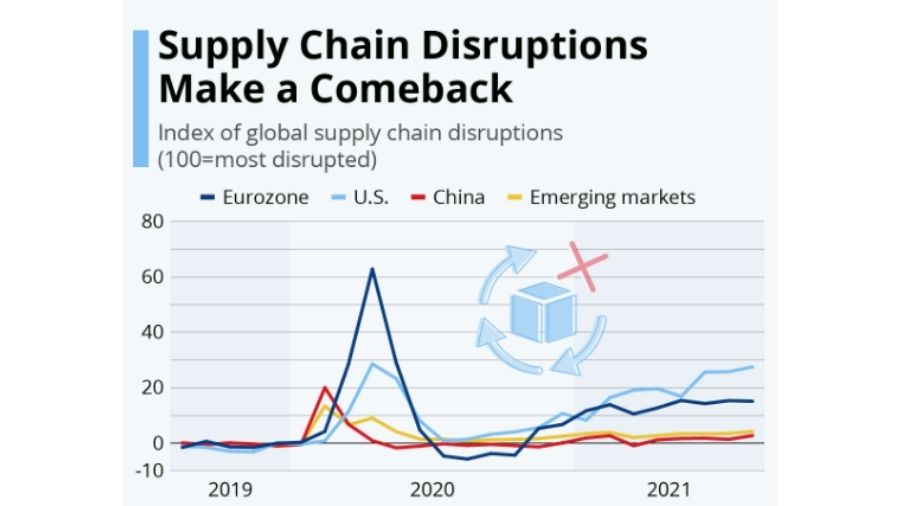
Biden’s government has shown inadequacy on multiple levels and should improve its financial Outlook. Inflation is a serious threat.
Almost everyone agrees that inflation was significantly lower in Trump’s term. Here is what the experts have to say about this issue. “There’s no question no matter how you look at it, even if you take out the extremes caused by the pandemic, it’s still very high inflation,” CNBC quoted Randy Frederick, managing director of trading and derivatives at Charles Schwab.
“This is still supply chain disruption, semiconductor-related inflation.”
“The Fed has little choice but to accelerate tapering and prepare for the possibility of much earlier rate hikes than it was planning just a few months ago,” MarketWatch quoted senior economist Sal Guatieri of BMO Capital Markets.
“The monthly all items seasonally adjusted increase was the result of overall increases in most component indexes, similar to last month. The indexes for gasoline, shelter, food, used cars and trucks, and new vehicles were among the larger contributors,” the Labor Department’s monthly report said.
Conclusion
I hope that this article showed a clear image of the facts that have led to the higher inflation rates in the USA. Hopefully, you have gathered a better understanding of inflation from this article and how it could ruin your investments.
Table of Contents





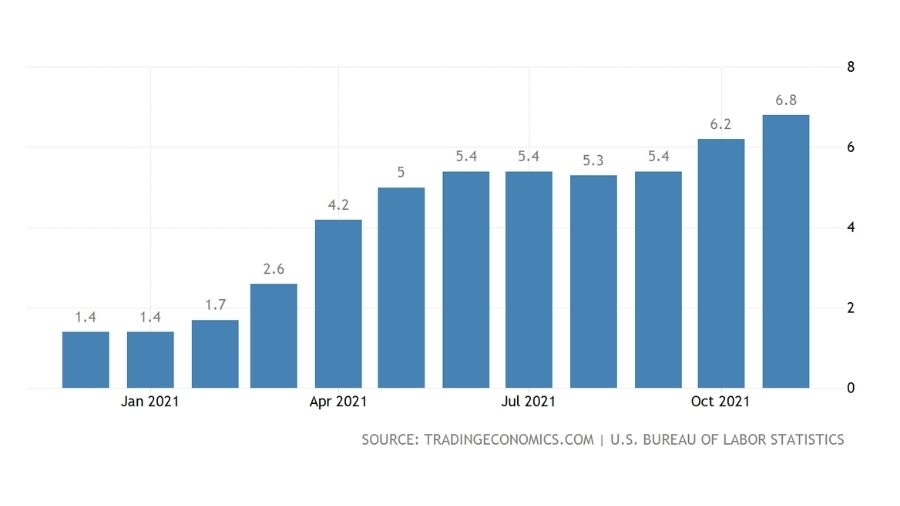

Add Comment